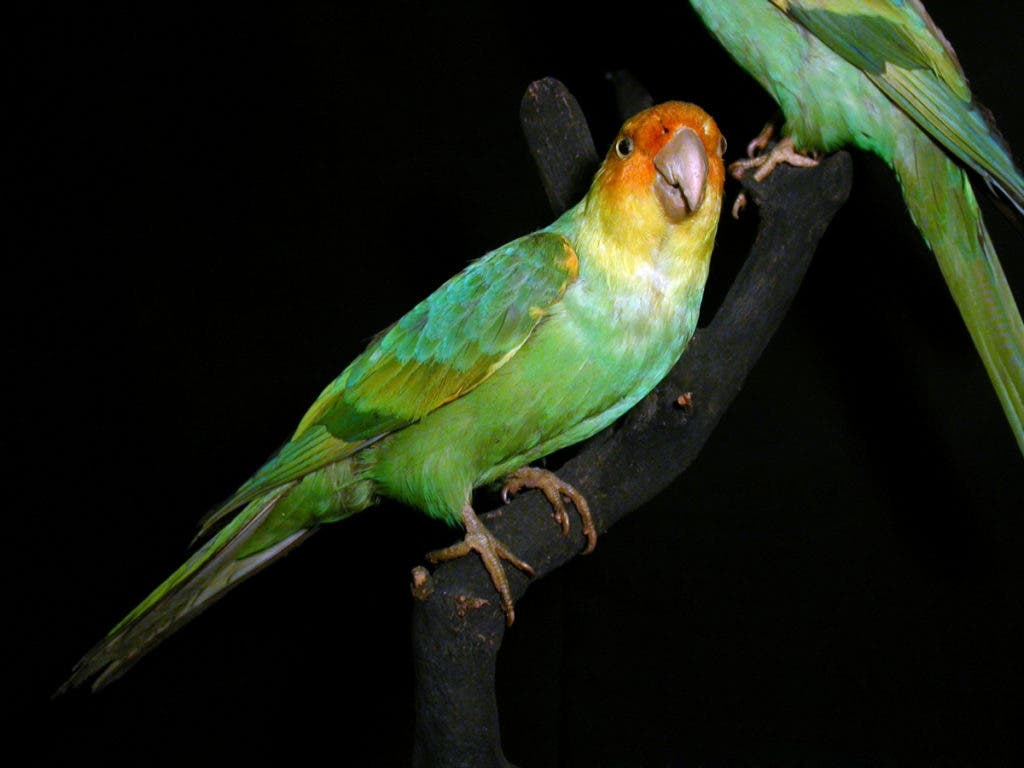The Carolina parakeet was the single native parrot from the United States, up until 1918 when it disappeared abruptly. The colorful bird could be found from New England down to Florida and as far as Colorado. Its extinction surprised more than one, creating a mystery around it. Now, researchers seem to have found some answers.

A group of researchers sequenced the genome of the parakeet and concluded that the rapid decline of the bird happened due to human interference. The finding is not only important to bring some light into the species demise but also to help mitigate the current threat to species.
“Many endangered species have been sequenced and what seems to be a pattern is that when populations are small and declining for a long period of time, this leaves some signals in their genomes that can be recognized,” co-author Carles Lalueza-Fox, from the University of Barcelona, said.
The parakeet measured about 13 inches (33cm) long and had a green plumage with a yellow head. It lived in forests along rivers and in swamps. Its populations were large until the expansion of European settlers. The last captive specimen died in the Cincinnati Zoo in February 1918.
Fox and his team had samples of the toe pads and femur of the Carolina parakeet, obtained from a private collection in Spain. But the DNA couldn’t be used on its own as it was too fragmented. Instead, they first sequenced the genome of the species closest living relative, the South American sun parakeet.
“It is typical in studying ancient DNA that you need the genome of a close relative to be used as a reference to map the ancient one,” said Fox. “For this reason, the Asian elephant genome is used as a reference for the mammoth genome,” he told National Geographic.
The researchers analyzed the DNA of the two species of parakeets and compared them with genomes of other bird species. This showed that the Carolina and the sun parakeets diverged about three million years ago on the evolutionary tree.
They looked for signs of inbreeding, which can help to know if a species went through a slow decline, but found none on the Carolina parakeet. The parrot is more genetically diverse than most birds alive today, which suggests an abrupt extinction that left no marks on the genome.
The possibility of diseases leading to the demise of the parakeet was also discarded by the researchers. The domestic fowl was one of the initially suspected contributors to the extinction of the species, but this was discarded by the genetic analysis, according to Fox.
Looking ahead, the birds could be the target for the practice known as de-extinction, which seeks to bring back species that are long gone. An approach would be to take the Sun parakeet and use its genome editing to modify its DNA code to look like the California parakeet.
Nevertheless, this could prove difficult. “It’s an enormous task. But even if we wanted to do that, as far as I know, nobody has been able to clone a bird… nobody knows how to modify something before it becomes an egg,” Fox said.
The study was published in the journal Current Biology






